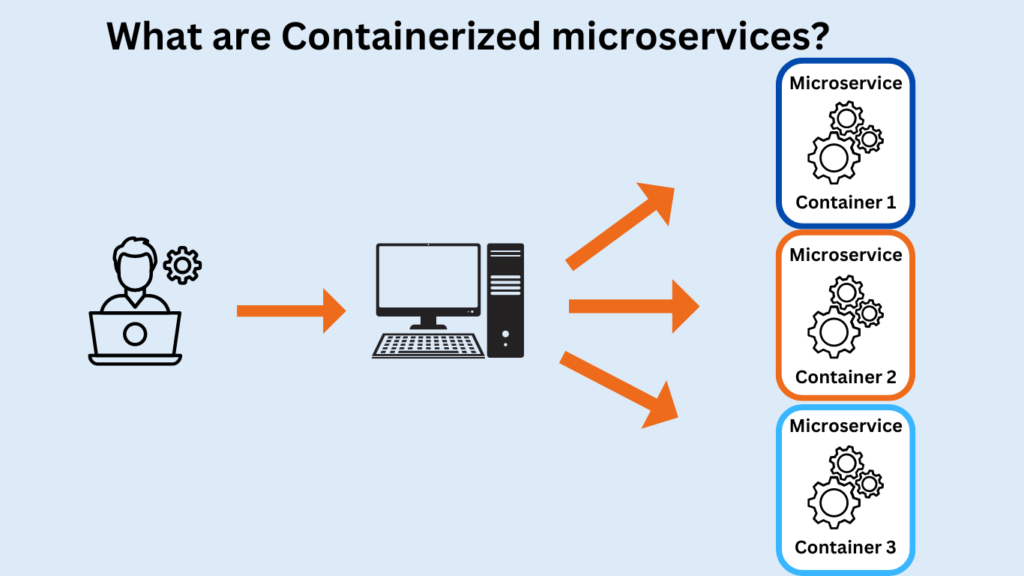Microservices & Containerization
Our Services > Page
Microservices and Containerization: A Modern Approach to Application Development
Introduction :
In the ever-evolving panorama of software program improvement, microservices and containerization have emerged as sport-converting technologies. These ideas offer good sized benefits over conventional monolithic architectures, permitting builders to build, install, and control applications more correctly. This blog delves into the sector of microservices and containerization, exploring their blessings, components, and pleasant practices for implementation.
Understanding Microservices
Microservices is an architectural style that structures an application as a set of loosely coupled offerings. Each service is built around a particular business functionality and may be advanced, deployed, and scaled independently. This technique contrasts with the traditional monolithic architecture, wherein all additives are tightly included into a single, large software.
Key Characteristics of Microservices
Independent Deployment: Each microservice may be deployed independently without affecting different services. This reduces deployment hazard and permits for quicker updates and releases.
Scalability: Microservices may be scaled independently, allowing green useful resource usage. This is especially beneficial for programs with varying masses across one-of-a-kind offerings.
Technology Diversity: Developers can choose the satisfactory technology stack for each microservice, rather than being constrained by means of a single stack for the complete software.
Fault Isolation: Failures in a single microservice do not necessarily impact the whole software, enhancing typical gadget resilience.Continuous Delivery: Microservices guide non-stop integration and continuous transport (CI/CD) practices, promoting common and reliable releases.
Key Characteristics of Containerization
Isolation: Containers isolate packages from one another and the host device, improving safety and balance.
Portability: Containers bundle all dependencies, making them transportable throughout distinctive environments and structures.
Efficiency: Containers share the host OS kernel, making them more aid-efficient in comparison to standard digital machines (VMs).
Rapid Deployment: Containers may be fast began and stopped, allowing fast scaling and green useful resource control.

Benefits of Combining Microservices and Containerization
Modularity: Containers encapsulate microservices, selling modularity and making it easier to manipulate and hold big programs.
Scalability: Both microservices and bins help impartial scaling, taking into consideration fine-grained useful resource allocation.
Consistency: Containers ensure that microservices run consistently across different environments, reducing deployment troubles.
Agility: The mixture of microservices and containerization enhances development agility, enabling faster generation and innovation.
Microservices and containerization constitute a massive shift in how contemporary packages are advanced and deployed. By breaking down programs into smaller, unbiased offerings and encapsulating them in bins, agencies can reap more agility, scalability, and resilience. Adopting these technology requires cautious making plans and adherence to exceptional practices, however the rewards are massive. As the era panorama keeps to conform, embracing microservices and containerization could be vital for staying aggressive and turning in notable software answers.

